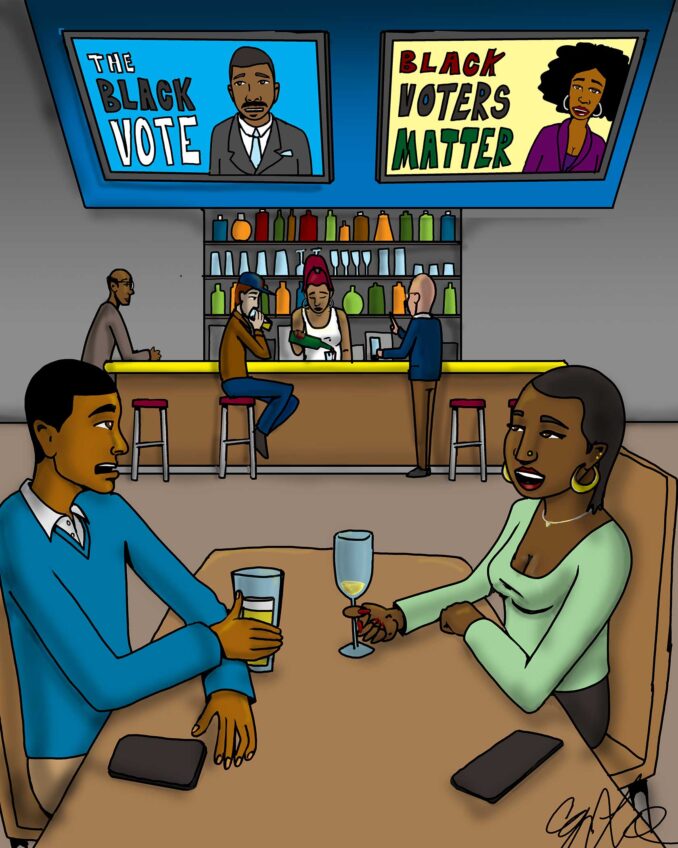
There’s a new college in the capital of Texas that is casting itself as a new model for higher education, a departure from all that allegedly is wrong with the country’s colleges. The University of Austin opened this fall as a private liberal arts college with a first-year class of about 100 students. They don’t have to pay tuition primarily because $200 million was raised from donors who include Bill Ackman, the Harvard alum who orchestrated the resignation of his alma mater’s first Black president, Claudine Gay; and Harlan Crow, the wealthy conservative who paid for swanky trips for his buddy, Supreme Court Justice Clarence Thomas.
The curriculum at UATX, as it is known, is oriented around Western civilization, using texts like the Bible and Greek classics. One rule for classroom debate mirrors a British tradition.
A segment, aired on 60 Minutes Nov. 25 on the fledgling college, labelled it “Disrupter U,” an answer to the supposed problems with colleges these days, which the reporter listed as the use of “safe spaces” and “trigger warnings” and concern about “microaggressions.” The segment posed as foils to this “new” model Harvard and the University of Texas, Austin, an inapt comparison of a liberal arts college to two research universities, one private and one a state flagship.
A better description of the University of Austin would be “Disrespectful U.” Its Eurocentric curriculum disrespects the knowledge produced by the rest of the world, the larger part of the world. It also disrespects all Americans who do not trace their ancestry to Europe, the place people are referring to when they talk about “Western civilization.” Africa is as far west as Europe and the Americas even farther west.
To Black students aspiring to go to college and their parents, enrolling at one that doesn’t charge tuition might sound good, given rising college sticker prices and rampant unawareness of the discounts available, that is, financial aid. But if they do their due diligence, they’ll figure out this so-called new model is unlikely to be a good fit for Black students or Hispanic students, at least those Hispanics who don’t identify as white. Not that UATX is seeking members of either racial or ethnic group.
The 60 Minutes reporter noted the college’s admissions “swaps DEI, diversity, equity and inclusion for what some call MEI, merit, excellence and intelligence.” Its president, Pano Kanelos, was asked whether race and ethnicity are considered.
“We don’t take any of that into consideration in admissions. The primary thing we are interested in is the mind,” Kanelos replied, citing the ability to think deeply, answer questions and challenge norms.
Those are indeed qualities of a thoughtful person, but the MEI versus DEI paradigm is the most disrespectful aspect of the college. So there is no “merit” in diversity, no “excellence” in equity and no “intelligence” in inclusion? Those are insulting juxtapositions to what before too many years will be the majority of the American people. Maybe UATX’s founders and donors need to go back and study American history to understand the need for equity and inclusion. Or since the college is right there in Texas, just study that state’s history of segregation in higher education, public schools and just about everything else.
The CBS reporter noted the new college’s tiny enrollment does not show much diversity although of the five students he interviewed, two appeared to be of color, a visual distortion of reality. Does the idea that race or ethnicity —diversity — somehow eliminates the possibility of being meritorious extend to those two students?
UATX likes to contrast itself to Harvard, even though it’s not an apt comparison. Before the retrograde Supreme Court decision last year, Harvard had pursued diversity in its admissions for more than half a century. How did it do? First of all, there are the numbers. When David Evans retired as an admissions officer at Harvard College four years ago, his wife Mercedes Evans paid him a powerful tribute: “In 50 years, he has served to admit more Black students to Harvard than in the previous 300.”
Okay, they got into Harvard. But did they get out? In 2023, it was reported that 99% of Black Harvard undergraduates earned degrees within six years, the standard period for measuring college graduation rates. That was higher than the 98% for all Harvard undergrads and the highest graduation rate for Black students in the country. That alone disproves the lie that UATX is promoting, that there is no merit in diversity.
The leaders and funders of the University of Austin would have you believe the problem with America’s college is their “wokeness,” “army of campus administrators monitoring speech” and students not speaking up “for fear of being ostracized.” In this distorted context, “wokeness” actually means something like “politeness,” not saying things that offend your classmates. The supposed “army” of administrators is rank hyperbole. The number of college administrators has grown, but most of them are devoted to serving students, like advising them. Ostracization is the mildest form of social control, and the people complaining about it have a nerve to call other people “snowflakes.” College campuses in this diverse America need to be welcoming to people of all backgrounds, which fits true academic traditions of tolerance and acceptance of others — in other words, inclusion.
A curriculum based on European classics is hardly new. St. John’s College in Maryland has been teaching that way… since 1696. UATX President Pano Kanelos knows that because he once was president of St. John’s, somehow the 60 Minutes reporter forgot to mention those two facts.
If the University of Austin keeps to its current academic and admissions practices, one of two things will eventually happen. It will become a nearly lily white preserve for students attracted to a mythical past when civilization and culture arose only from Europe. Or, with the browning of America and its high school graduates, its donors will suffer fatigue, its enrollment will shrink, and it will collapse like many other small liberal arts colleges because of demographic and market realities.
The University of Austin is not a model for the future and its idea of a higher education is not even new.







